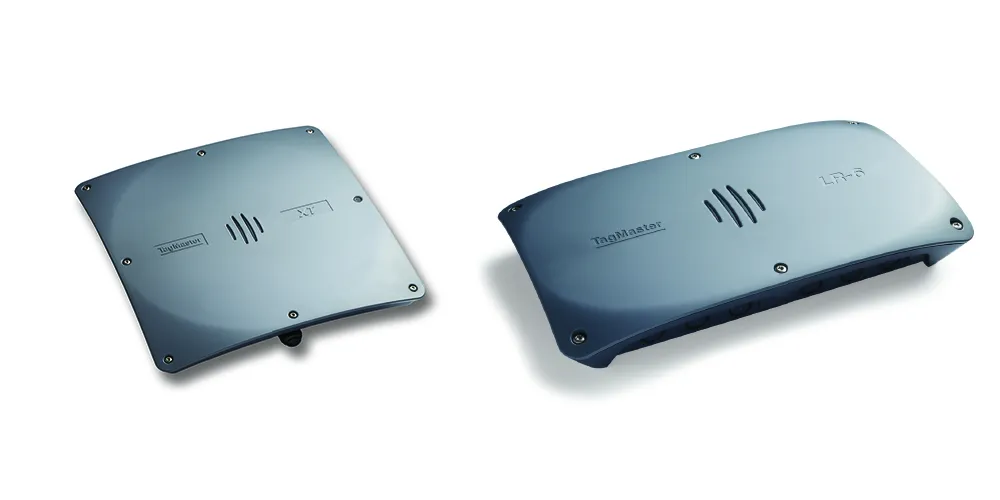Austria-headquartered Efkon has announced its latest innovation the Image to Information (I-to-I) Reader, an innovative product, which builds on technology proven in practice. As the company points out, the processes for the license number analysis and the camera control used by the I-to-I Reader have already been in use in car park and access management, toll enforcement and vehicle search worldwide. Latest components and a further development of the procedures now made it possible to offer all this in an
May 16, 2012
Read time: 2 mins
Austria-headquartered 43 Efkon has announced its latest innovation the Image to Information (I-to-I) Reader, an innovative product, which builds on technology proven in practice. As the company points out, the processes for the license number analysis and the camera control used by the I-to-I Reader have already been in use in car park and access management, toll enforcement and vehicle search worldwide. Latest components and a further development of the procedures now made it possible to offer all this in an extremely compact and attractive form.
Although the new device weighs a mere 1.0 kg, in incorporates two cameras, a flash, computer, communications unit and power supply, in a package small enough to fit in the palm of a hand. Moreover, the I-to-I Reader requires only a standard cable for data and power connection. Despite its compact appearance, Efkon says there is no compromise in the unit’s ANPR capabilities. Under the slogan “Traffic in – number plate out”, passing vehicles are recorded, their number plate automatically read and made available as machine-readable information. Thanks to the overview camera in addition to the vehicle picture, users always keep track of the situation surrounding the location. With Point-and-Forget the I-to-I Reader is immediately ready for use. A standardised HTTPS interface means the system can rapidly be integrated into existing systems, or, because of built-in data management, many thousands of passages can be locally saved.
Although the new device weighs a mere 1.0 kg, in incorporates two cameras, a flash, computer, communications unit and power supply, in a package small enough to fit in the palm of a hand. Moreover, the I-to-I Reader requires only a standard cable for data and power connection. Despite its compact appearance, Efkon says there is no compromise in the unit’s ANPR capabilities. Under the slogan “Traffic in – number plate out”, passing vehicles are recorded, their number plate automatically read and made available as machine-readable information. Thanks to the overview camera in addition to the vehicle picture, users always keep track of the situation surrounding the location. With Point-and-Forget the I-to-I Reader is immediately ready for use. A standardised HTTPS interface means the system can rapidly be integrated into existing systems, or, because of built-in data management, many thousands of passages can be locally saved.










